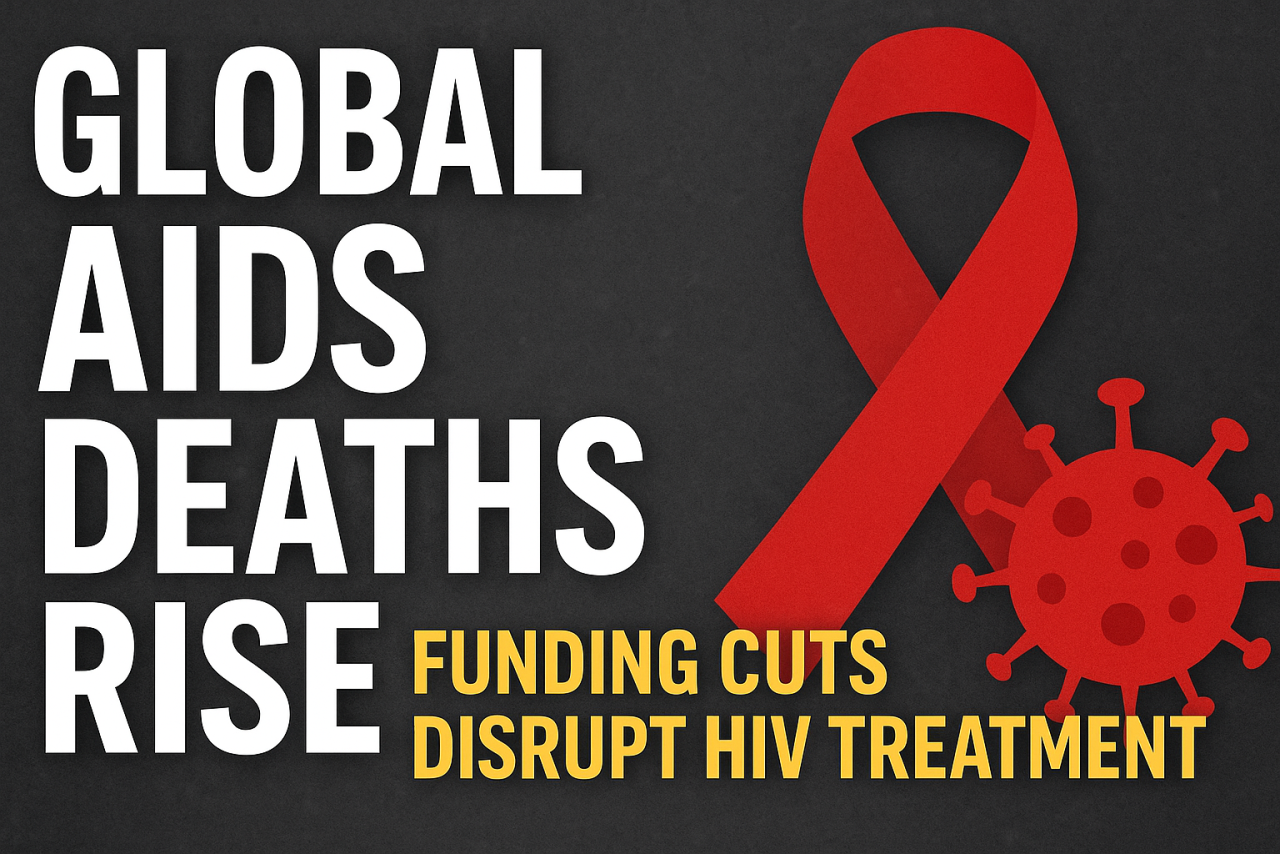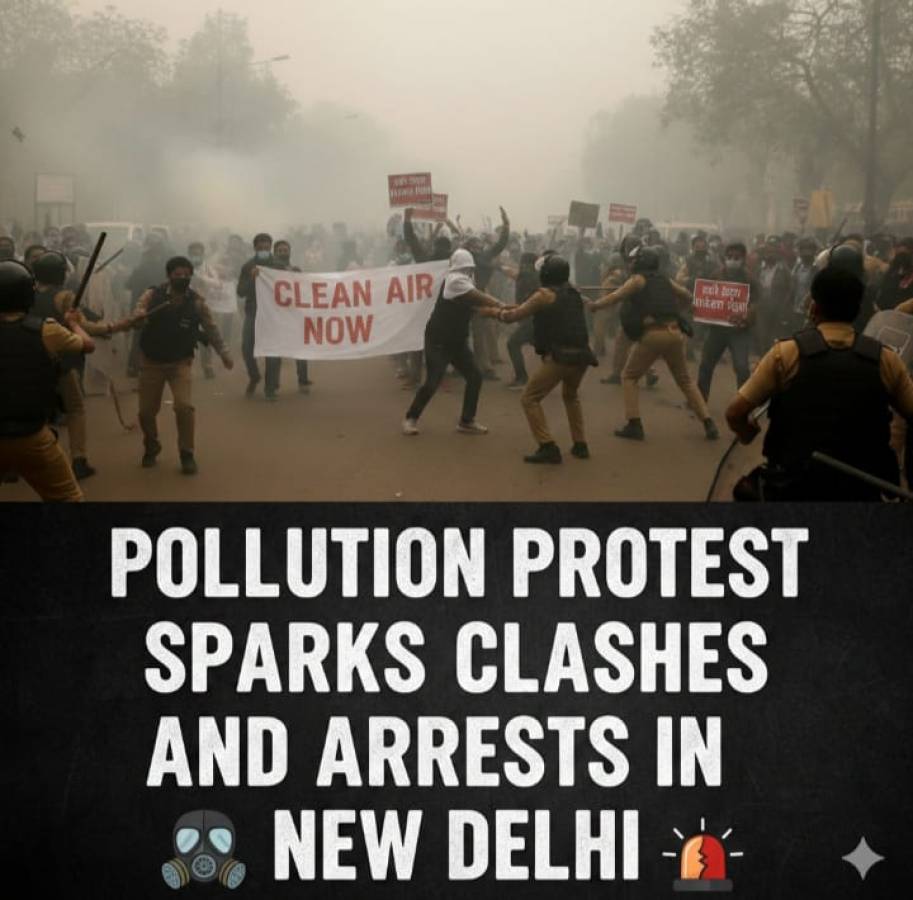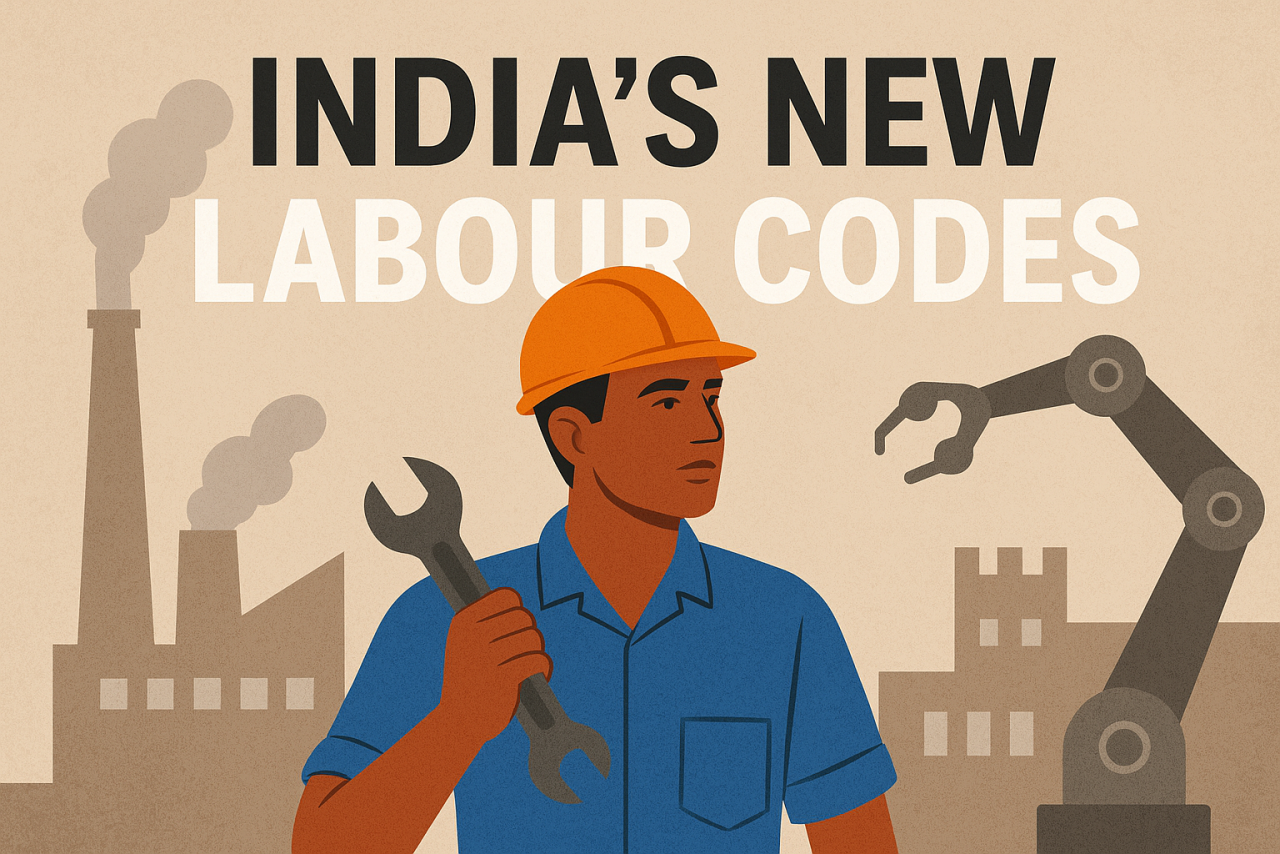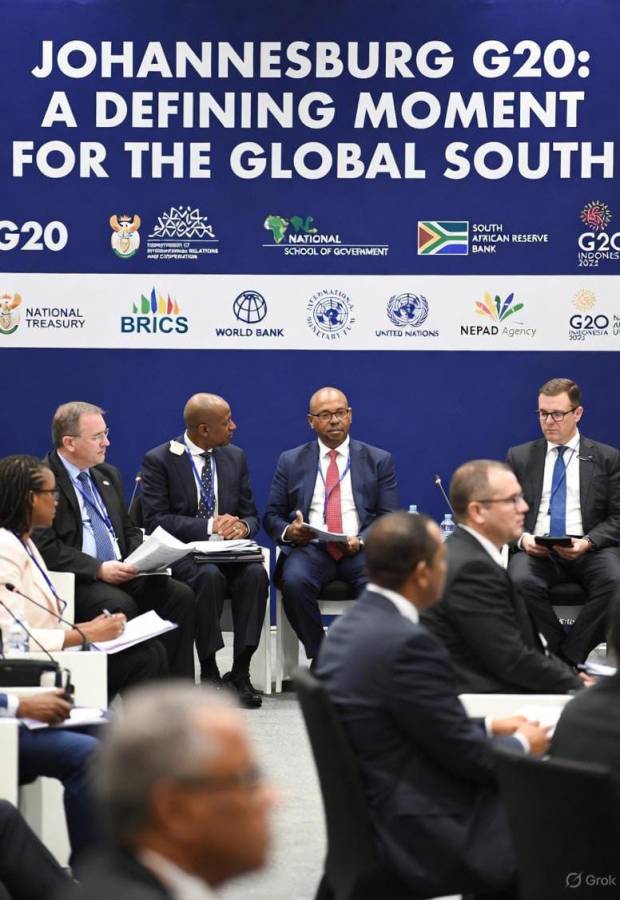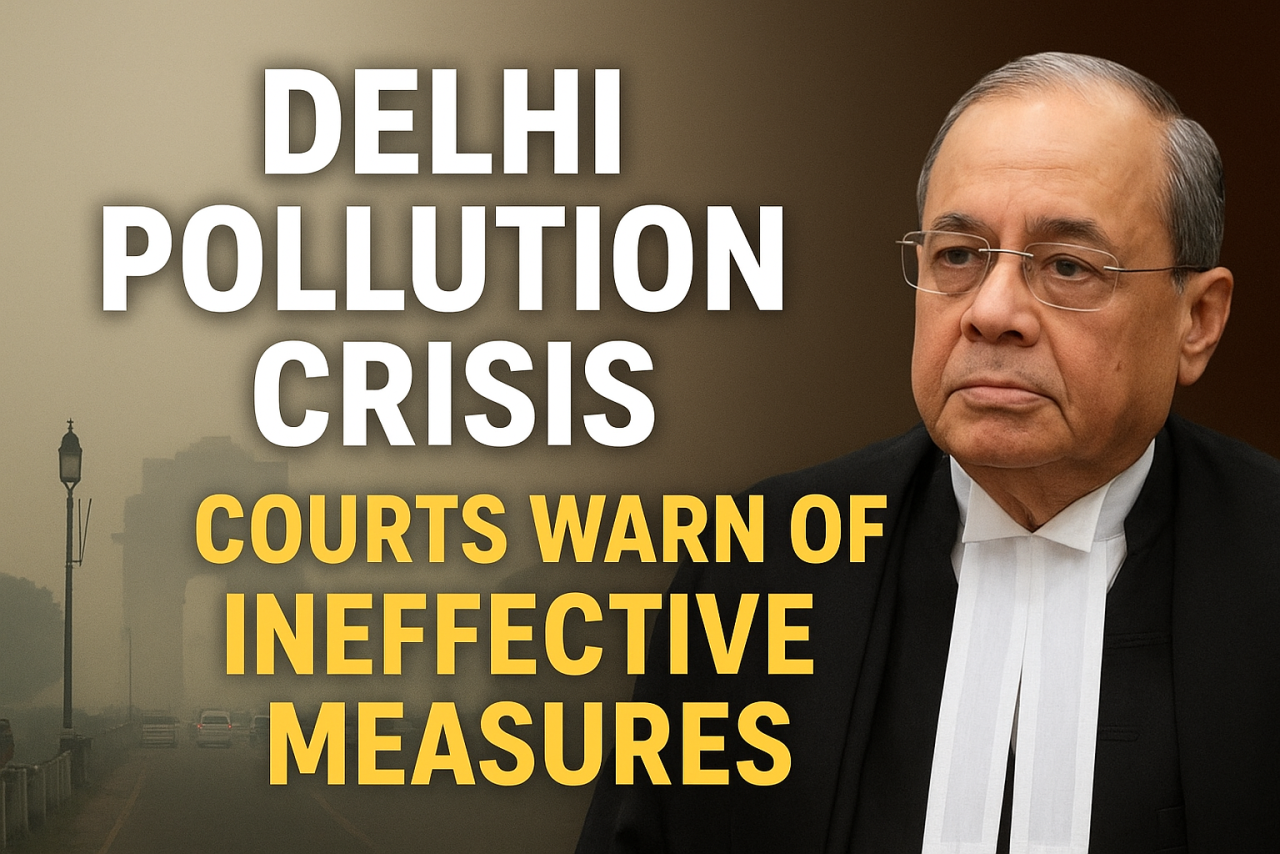
Delhi continues to struggle under the weight of toxic air, and the crisis has reached a point where it is affecting not only the lives of residents but also the functioning of important public institutions. Recent hearings in the Supreme Court and the National Green Tribunal have highlighted the severity of the problem and the urgent need for stronger and more effective measures. With air quality dipping to dangerous levels across the National Capital Region, concerns are rising about the long term impact on health, governance and public life.
During a recent Supreme Court hearing, the Chief Justice led a bench that expressed deep concern over how pollution has begun to affect the basic functioning of activities inside courtrooms. The bench noted that haze and foul air have started seeping into indoor spaces. It includes court halls where judges, lawyers and litigants gather every day. The court pointed out that the quality of air inside buildings is becoming almost as bad as the air outside. This has created discomfort and health issues for many.
The bench warned that the situation cannot be treated as a routine seasonal problem. Instead, it is a public health emergency that requires coordinated and immediate action. The judges said that even after years of directing governments and agencies to take steps to control pollution, the improvements have been limited. They observed that pollution sources remain the same each year and the measures taken have either been slow or ineffective.
The Supreme Court reviewed information from various agencies regarding major contributors to pollution. These sources include vehicle emissions, dust from construction, industrial smoke and the burning of waste. The bench emphasized that controlling these sources is not optional. It is essential for protecting the lives of millions.
While the court acknowledged that some steps have been taken, it stated that governments must work harder. The bench also asked for updates on the mechanisms set up to monitor vehicles, construction sites and industrial units. It stressed that enforcement must be strong and continuous. The judges expressed dissatisfaction over slow responses from the authorities and asked them to adopt a scientific and preventive strategy rather than reacting when the situation becomes severe.
In a separate proceeding, the National Green Tribunal was informed that many of the interventions introduced to reduce pollution have had little real impact. Experts and representatives said that the measures introduced under emergency action plans often come too late. They also stated that some actions are not implemented properly on the ground.
Officials explained that emergency measures such as restrictions on construction, limits on vehicle movement and temporary shutdown of industrial units are useful only when they are timely and strict. However, the problem lies in long term planning. Pollution keeps rising again once restrictions are lifted. The tribunal noted that air quality is turning into a round the year problem rather than a seasonal one. This makes it necessary to create a stronger framework focused on prevention.
The tribunal reviewed a range of actions under the pollution control plan. These include stopping garbage burning, controlling road dust, checking industrial compliance and maintaining public transport systems. However, complaints were raised about gaps in enforcement across different departments. Some authorities have been accused of failing to inspect violators regularly. Others have not been able to coordinate with municipal bodies or police departments. These weaknesses have allowed pollution sources to continue uncontrolled.
Another issue highlighted was the need to maintain and repair equipment meant for monitoring pollution. Several monitoring stations have reported technical problems, missing data or inaccurate readings. The tribunal stressed that without reliable data, strategies cannot be designed effectively.
The Centre has also been asked to support a long term green plan for the National Capital Region. This plan aims to increase green cover, improve waste management systems and reduce dependency on polluting fuels. Officials shared that work is ongoing to create cleaner transport options such as electric buses and improved metro connectivity. However, these projects will take time to show results.
As Delhi battles one of the worst pollution phases of the year, doctors have issued multiple health advisories. They warn that the polluted air is harming children, the elderly and those with respiratory illnesses. Schools have been urged to reduce outdoor activities. Parents have been asked to be careful as many children are reporting breathing issues, cough and throat infections.
Experts say that the current situation shows how pollution is no longer just an environmental problem. It is affecting governance, legal institutions and daily life. The concerns raised by the Supreme Court and the National Green Tribunal reflect the seriousness of the crisis. Unless agencies across Delhi and NCR work together with strict enforcement and long term planning, the problem is likely to worsen.
Delhi’s pollution crisis is a reminder that air is a shared resource. Every action taken by individuals, governments and industries will decide the future air quality of the region. The coming months will show whether authorities can respond with the urgency and coordination that the situation demands.



